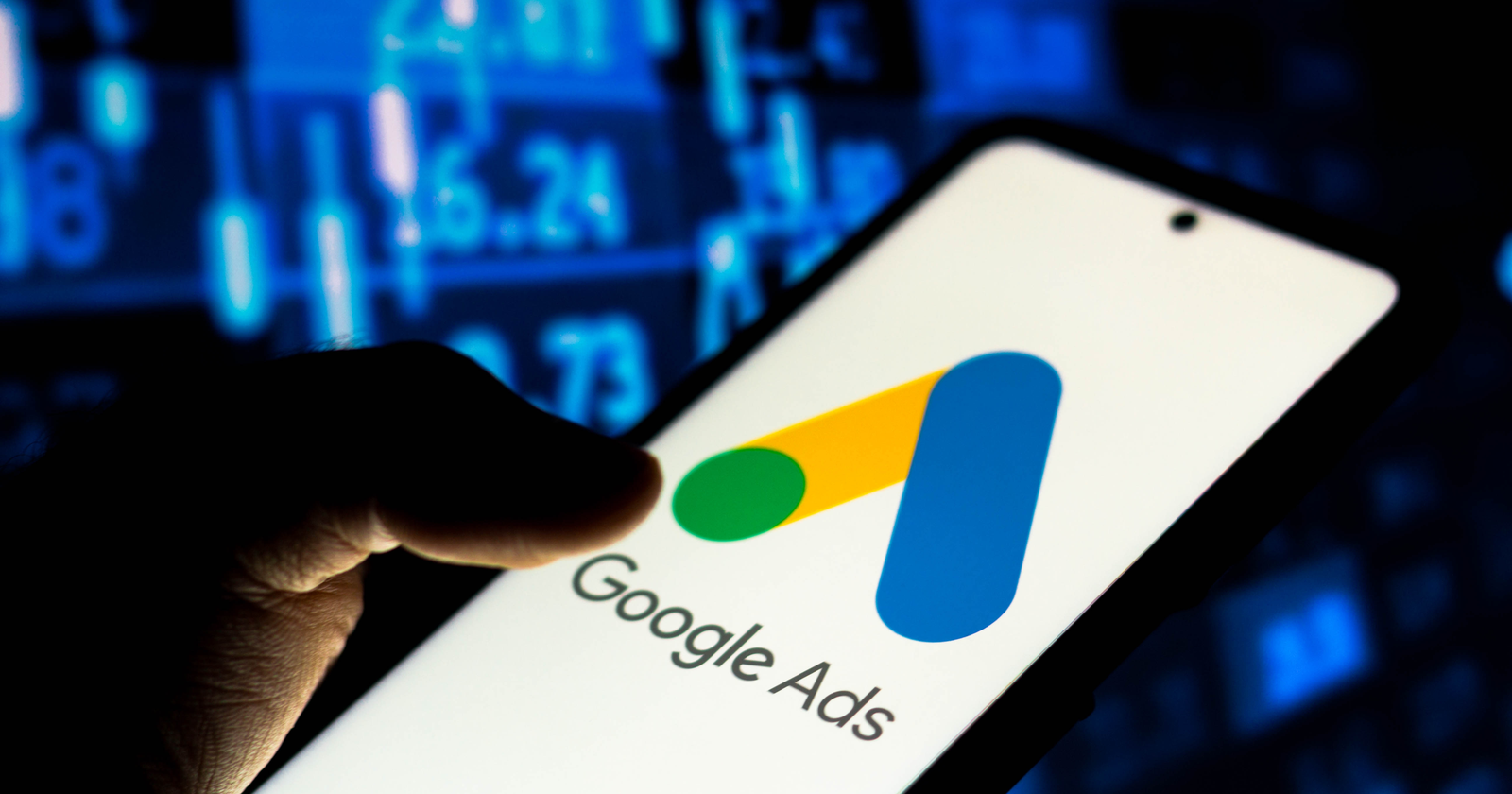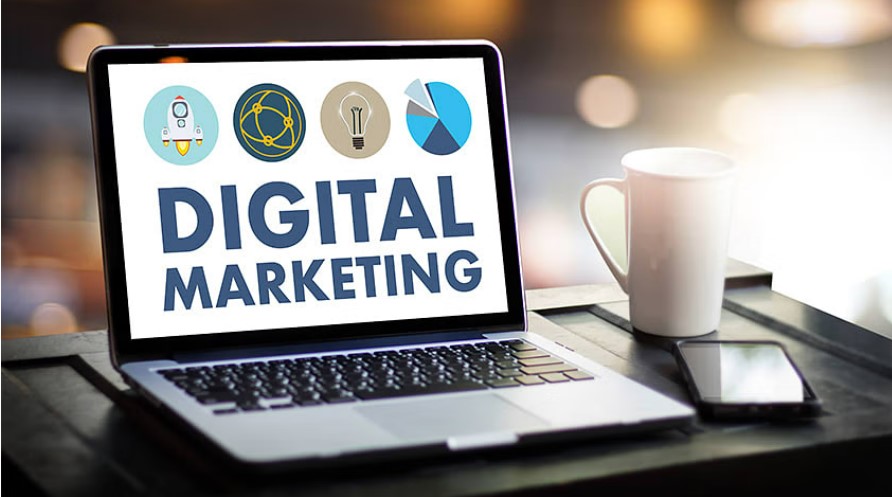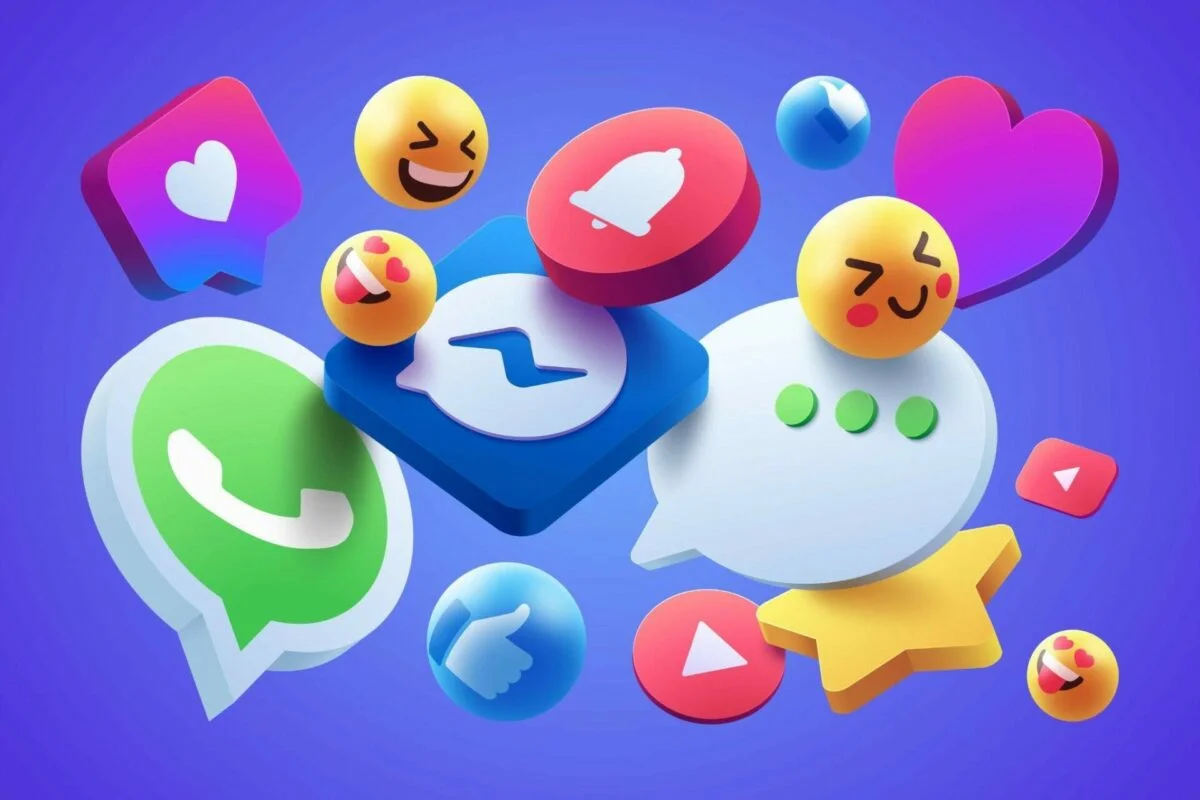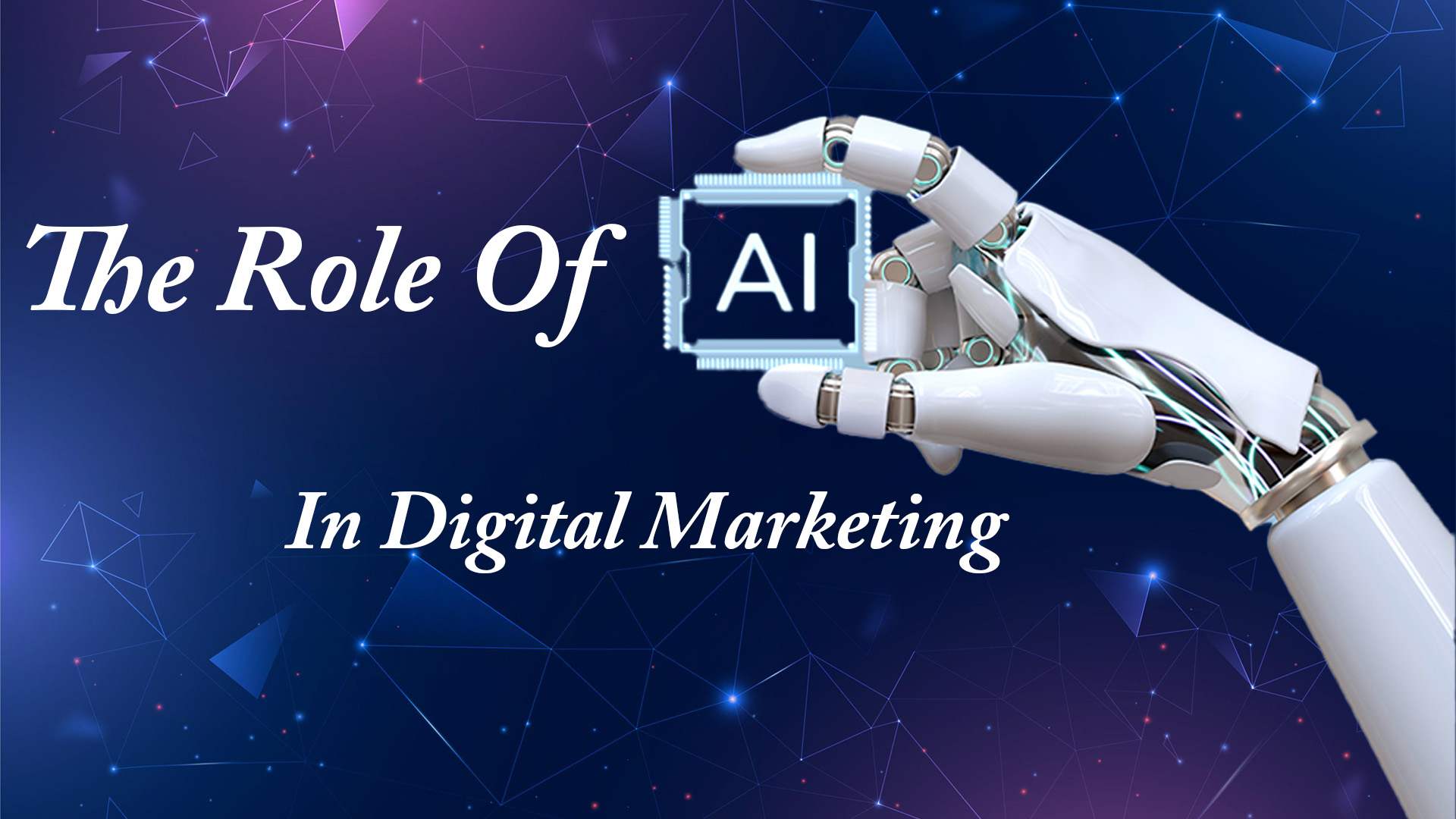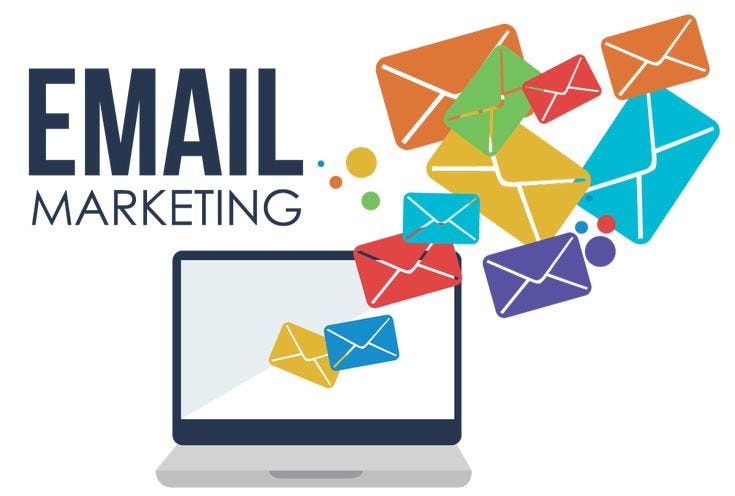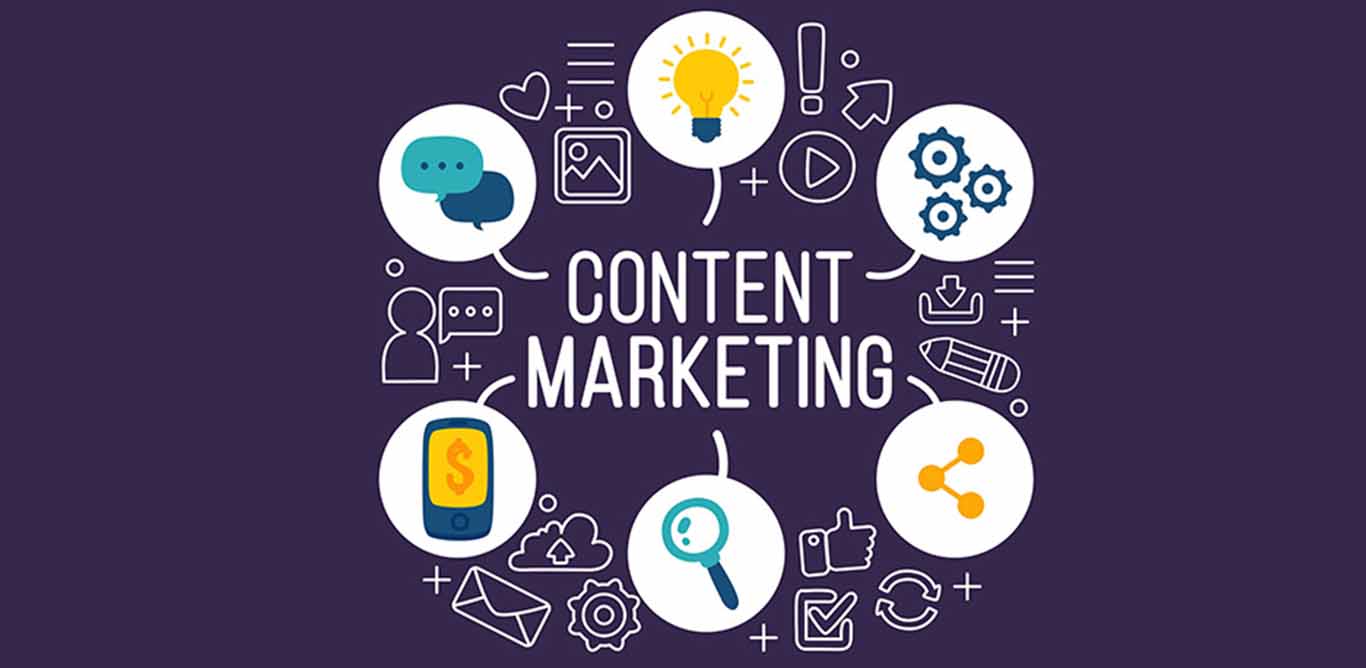In today’s digital landscape, consumers are constantly bombarded with marketing messages. To stand out and drive conversions, businesses need to go beyond generic ads and craft personalized, tailored campaigns that speak directly to their audience. Tailored campaigns focus on addressing the unique needs, interests, and behaviors of individual customers, making them more likely to engage with your brand and ultimately convert. Here’s how you can create personalized marketing campaigns that yield results. 1. Know Your Audience: Segment for Success The foundation of any tailored campaign is a deep understanding of your audience. To create messages that resonate, you first need to segment your audience into distinct groups based on factors like demographics, purchasing behavior, interests, and engagement patterns. Demographic segmentation: Group customers based on age, gender, location, and other relevant characteristics. Behavioral segmentation: Analyze customer behavior, such as purchase history or website interaction, to create targeted campaigns. Psychographic segmentation: Dive deeper into customer values, lifestyle, and personality traits to create emotionally compelling messages. For example, if you’re marketing a fitness product, you might have separate campaigns targeting young professionals who are new to fitness, seasoned athletes, and older individuals looking to improve their health. Each of these groups has different motivations and needs, so your campaign should reflect that. 2. Leverage Data and Analytics Data is the key to unlocking the insights needed to create tailored campaigns. Use data analytics tools to track customer behavior, preferences, and interactions with your brand. The more data you gather, the better you can personalize your marketing efforts. Customer data: Gather information through various touchpoints such as social media, website visits, email interactions, and previous purchases. Analytics tools: Tools like Google Analytics, Facebook Insights, and customer relationship management (CRM) systems can help you track user behavior and preferences. Surveys and feedback: Don’t hesitate to ask customers directly for their preferences and feedback. This can provide valuable insights into what they expect from your brand. By analyzing this data, you can develop personalized offers, product recommendations, and content tailored to each customer segment. For instance, if a customer frequently browses a specific product category but hasn’t made a purchase, you can send them a targeted discount or product suggestion based on their behavior. 3. Create Targeted Messaging and Content Once you’ve segmented your audience and gathered data, the next step is to create content that speaks directly to each group. Tailored messaging goes beyond simply changing the recipient’s name in an email; it’s about delivering the right message at the right time, based on each customer’s unique journey. Personalized emails: Craft email campaigns that address the customer’s specific interests or past behavior. For example, if a customer left items in their cart, send them a reminder with an incentive to complete the purchase. Dynamic website content: Use dynamic content on your website to adjust the display based on the visitor’s location, behavior, or past interactions. This could mean showing different products or promotions based on the visitor’s preferences. Customized ad campaigns: Leverage platforms like Facebook Ads and Google Ads to create hyper-targeted advertisements. These platforms allow you to customize ads based on user behavior, interests, and demographics, ensuring your ads reach the most relevant audience. 4. Utilize Automation and AI for Precision Automation and artificial intelligence (AI) are transforming how marketers deliver tailored campaigns. With AI-powered tools, you can streamline your processes and deliver personalized experiences at scale. Email automation: Tools like Mailchimp or HubSpot allow you to automate email campaigns based on customer triggers, such as signing up for a newsletter or abandoning a cart. This ensures timely and relevant messages reach customers without manual effort. AI-driven product recommendations: AI algorithms analyze customer behavior to suggest products they are most likely to purchase. Platforms like Amazon and Netflix have mastered this approach, driving higher engagement and conversions. Chatbots and personalization: Implement AI-powered chatbots to provide personalized customer service and product recommendations in real-time. By automating these processes, you can deliver a consistent, personalized experience to every customer without the need for constant manual input. 5. Test and Optimize Continuously No marketing campaign is ever perfect from the start. To ensure your tailored campaigns are as effective as possible, you need to test different elements and optimize them based on performance. A/B testing: Test different versions of your campaigns to see which performs better. This could involve testing different subject lines, calls to action, or visual elements. Monitor performance: Use analytics tools to track key metrics such as open rates, click-through rates, and conversion rates. Pay attention to which segments of your audience are responding best to your campaigns. Adjust as needed: Based on the data you gather, refine your messaging, offers, and targeting to improve results. Conclusion Creating tailored campaigns that convert is all about understanding your audience, leveraging data, and delivering personalized experiences. By segmenting your audience, crafting targeted content, using automation, and continuously optimizing, you can build campaigns that speak directly to the needs of each customer. The result? Higher engagement, increased conversions, and stronger brand loyalty.
Which Digital Marketing Strategy is Best for Your Business?
Choosing the right digital marketing strategy for your business can be overwhelming, especially with the array of options available. From search engine optimization (SEO) and social media marketing to pay-per-click (PPC) advertising and email marketing, each strategy offers unique advantages. The key is to select the strategies that align with your business goals, target audience, and resources. In this guide, we’ll explore a few of the most effective digital marketing strategies to help you determine which one is the best fit for your business. 1. Search Engine Optimization (SEO) SEO is the process of optimizing your website to rank higher in search engine results pages (SERPs) organically. It’s an essential long-term strategy for driving traffic to your website without paying for ads. SEO involves keyword research, creating high-quality content, optimizing meta tags, and improving your site’s structure to enhance its visibility. Is it right for your business? Pros: SEO is great for businesses that want to build long-term organic traffic. It’s particularly effective for companies in competitive industries where paid advertising can be expensive. Cons: SEO takes time to show results, so it’s not ideal if you need quick wins. If your business thrives on organic search traffic and you’re willing to invest in the long game, SEO could be your best option. 2. Pay-Per-Click (PPC) Advertising PPC advertising, like Google Ads or Bing Ads, involves paying for ads that appear at the top of search engine results or on other platforms like social media. With PPC, you only pay when someone clicks on your ad, making it a cost-effective way to drive targeted traffic to your site. Is it right for your business? Pros: PPC offers immediate visibility and can drive traffic quickly. It’s ideal for businesses looking to boost conversions quickly, promote time-sensitive offers, or target specific demographics. Cons: PPC can get expensive, especially if you’re in a competitive market with high cost-per-click (CPC) rates. If you have a budget for advertising and want fast, measurable results, PPC can be a powerful tool to increase traffic and sales. 3. Social Media Marketing Social media marketing involves promoting your business on platforms like Facebook, Instagram, Twitter, LinkedIn, and TikTok. It’s a great way to build brand awareness, engage with customers, and drive traffic to your website. You can choose between organic social media posts or paid social ads. Is it right for your business? Pros: Social media is great for building relationships with your audience and fostering a community around your brand. It’s perfect for businesses that rely on visual content or that have a strong, interactive presence. Cons: Building an organic following takes time, and paid social media ads can be hit or miss if not targeted properly. If your audience is active on social media, and you have the resources to create engaging content, this strategy can help you build a loyal customer base. 4. Email Marketing Email marketing remains one of the most effective ways to communicate directly with your audience. By sending targeted emails to your subscribers, you can nurture leads, promote products, and offer valuable content. The key is to segment your email list and personalize your messages for maximum impact. Is it right for your business? Pros: Email marketing is cost-effective and highly targeted. It’s excellent for nurturing existing leads and keeping your customers engaged. Cons: It requires a well-maintained email list, and if your emails aren’t engaging, they can end up in spam folders or get ignored. If you already have an email list or plan to build one, email marketing is a great tool for keeping your audience engaged and converting leads into sales. 5. Content Marketing Content marketing focuses on creating and sharing valuable content (blog posts, videos, infographics, etc.) to attract and engage your target audience. This strategy is particularly effective for educating customers and building trust in your brand. Is it right for your business? Pros: Content marketing helps establish your business as an authority in your industry. It’s a long-term strategy that works well in conjunction with SEO. Cons: Creating high-quality content consistently can be time-consuming and requires creativity and expertise. If your business relies on providing value to customers through education or storytelling, content marketing is an essential strategy. Conclusion There’s no one-size-fits-all digital marketing strategy. The best approach depends on your business goals, audience, and budget. If you’re looking for immediate traffic, PPC might be your best bet. For long-term growth, SEO and content marketing can help build a sustainable presence online. Social media marketing is ideal for building brand awareness, and email marketing is great for keeping customers engaged. By aligning your strategies with your business needs, you can effectively reach your audience and drive success.
How to Leverage Social Media for Effective Brand Awareness in 2024
In 2024, social media continues to be a crucial platform for building brand awareness. With over 4.5 billion people active on social platforms, businesses that successfully leverage social media can reach vast audiences, engage with potential customers, and drive brand recognition. However, standing out requires a well-thought-out strategy tailored to your brand and audience. Here’s how you can effectively use social media to boost brand awareness in 2024. 1. Choose the Right Platforms for Your Audience Not every social media platform is right for every business. The key is to focus on the platforms where your target audience spends their time. In 2024, the most popular platforms for businesses include Instagram, Facebook, TikTok, LinkedIn, and Twitter (now rebranded as X). Instagram and TikTok: Ideal for brands targeting younger audiences, especially those relying on visual content like fashion, fitness, and lifestyle. Facebook: Still effective for older demographics and community-driven businesses. LinkedIn: Best for B2B companies and professionals looking to establish thought leadership. Twitter (X): Great for real-time engagement, customer service, and sharing updates in fast-moving industries. By focusing your efforts on the platforms where your audience is most active, you’ll ensure your content reaches the right people. 2. Create Consistent, Engaging Content Consistency is key to building brand awareness. Post regularly and maintain a consistent tone, style, and messaging across all social media channels. In 2024, the type of content that grabs attention includes: Short-form video: TikTok, Instagram Reels, and YouTube Shorts are dominating. These quick, engaging clips allow you to show off your brand’s personality, products, and values in bite-sized content. User-generated content (UGC): Encourage your customers to create content featuring your brand. Reposting UGC not only builds trust but also shows authenticity. Interactive content: Use polls, quizzes, and question stickers to actively engage your followers. This creates two-way communication and strengthens relationships with your audience. When you post consistently and keep your content engaging, your audience will begin to recognize and associate your brand with your specific style and voice. 3. Collaborate with Influencers and Brand Ambassadors Influencer marketing is an essential tool for building brand awareness in 2024. Partnering with influencers or brand ambassadors allows you to tap into their follower base and create authentic connections with potential customers. Micro-influencers: Collaborating with influencers who have a smaller but highly engaged following can be more effective than working with larger influencers. They often come across as more authentic and can help build trust with your audience. Brand ambassadors: Consider creating a program where loyal customers become ambassadors, promoting your brand on their social channels in exchange for discounts or exclusive offers. By choosing influencers who align with your brand’s values, you can amplify your message and introduce your brand to new, engaged audiences. 4. Utilize Paid Social Advertising In 2024, organic reach on social platforms continues to decline, making paid social advertising more important than ever. Paid ads can help you reach larger audiences and increase visibility faster than organic posts. Facebook and Instagram Ads: Offer a variety of targeting options, allowing you to hone in on specific demographics, interests, and behaviors. TikTok Ads: The platform’s rapid growth makes it a prime space for creative, short-form video ads aimed at younger audiences. LinkedIn Ads: Perfect for B2B businesses looking to target professionals with specific job titles or industries. With paid social ads, you can promote brand awareness campaigns, highlight special offers, and retarget users who have previously interacted with your brand. 5. Engage With Your Audience Social media isn’t just about broadcasting your message—it’s also about engaging with your audience. Respond to comments, answer questions, and interact with your followers regularly. This shows that your brand is approachable and values its customers. Respond quickly: Acknowledge comments and messages in a timely manner to show followers that their input matters. Join conversations: Use trending hashtags or participate in viral challenges that align with your brand to increase visibility. Create a community: Consider creating Facebook groups or Twitter communities where your followers can engage with each other and your brand. Engaging directly with your audience builds stronger relationships and helps foster brand loyalty. Conclusion In 2024, leveraging social media for brand awareness means focusing on the right platforms, creating engaging and consistent content, collaborating with influencers, using paid advertising, and interacting with your audience. By implementing these strategies, you can strengthen your brand’s presence online, reach new customers, and build lasting relationships that drive business success.
Role of AI in Digital Marketing: How Artificial Intelligence is Shaping the Future of Advertising
Artificial intelligence (AI) is transforming the digital marketing landscape, providing businesses with innovative tools and strategies to enhance customer engagement, optimize campaigns, and drive growth. As technology continues to advance, understanding the role of AI in digital marketing becomes crucial for companies aiming to stay competitive. Here’s how AI is reshaping the industry and what it means for marketers. 1. Enhanced Customer Insights AI technologies, such as machine learning and data analytics, allow marketers to gain deeper insights into customer behavior and preferences. By analyzing vast amounts of data from various sources—such as social media interactions, website visits, and purchase histories—AI can identify patterns and trends that human analysts might overlook. Predictive Analytics: AI can forecast future customer behavior by examining past interactions. This enables marketers to tailor their strategies, offering personalized recommendations and targeted content that resonate with specific segments of their audience. Customer Segmentation: AI-driven tools can segment customers based on behaviors, interests, and demographics, allowing for more effective targeting and messaging. This level of personalization improves engagement and conversion rates. 2. Personalization at Scale In the age of information overload, personalized marketing is no longer a luxury; it’s a necessity. AI helps businesses deliver tailored experiences to each customer by automating the personalization process. Dynamic Content: AI can create dynamic content that changes based on individual user preferences. For instance, e-commerce sites can display products based on a user’s browsing history, making recommendations that are more likely to convert. Email Marketing: AI algorithms can analyze user behavior to determine the best time to send emails, optimize subject lines, and personalize content. This increases open rates and engagement, leading to higher conversion rates. 3. Improved Customer Support AI chatbots and virtual assistants are revolutionizing customer service, providing instant support and assistance 24/7. These AI-powered tools can handle a variety of customer inquiries, from simple questions to complex issues. Chatbots: Integrated into websites and social media platforms, chatbots can engage with customers in real-time, providing answers to FAQs, assisting with purchases, and even handling complaints. This enhances the customer experience and reduces the workload on human support teams. Sentiment Analysis: AI can analyze customer feedback on social media and review platforms, gauging sentiment toward a brand. This allows companies to address concerns proactively and improve their overall reputation. 4. Optimized Advertising Campaigns AI plays a pivotal role in enhancing the effectiveness of digital advertising campaigns. By automating various processes and providing data-driven insights, AI enables marketers to optimize their strategies for better results. Programmatic Advertising: AI algorithms can automate the buying and selling of ad space in real time, ensuring that ads reach the right audience at the right time. This reduces wasted ad spend and maximizes ROI. A/B Testing: AI can facilitate more efficient A/B testing by rapidly analyzing which ads perform better across different demographics and adjusting campaigns accordingly. This helps marketers make data-backed decisions quickly. 5. Content Creation and Curation AI is also making strides in content creation and curation. While human creativity remains essential, AI tools can assist marketers in generating relevant content ideas and even producing basic content. Content Recommendations: AI can analyze user behavior to suggest content topics that align with audience interests. This ensures that marketers produce content that resonates with their audience, increasing engagement. Automated Writing: While AI-generated content may not yet match the creativity of human writers, tools like natural language generation (NLG) can create basic reports, product descriptions, and social media posts, freeing up time for marketers to focus on more strategic tasks. Conclusion AI is revolutionizing digital marketing by providing powerful tools that enhance customer insights, enable personalization, improve customer support, optimize advertising campaigns, and assist in content creation. As AI technology continues to evolve, its role in digital marketing will only expand, making it essential for businesses to embrace these innovations to stay competitive in an ever-changing landscape. By leveraging AI effectively, marketers can create more meaningful connections with their audience, drive engagement, and ultimately increase conversions.
How to Build an Engaged Subscriber List and Drive Conversions
Building an engaged subscriber list is essential for any business looking to foster lasting relationships with customers and drive conversions. An engaged audience not only opens emails but also interacts with your content, shares it, and ultimately becomes loyal advocates for your brand. Here’s a step-by-step guide on how to create and nurture an engaged subscriber list. 1. Create Valuable Lead Magnets The first step in building a subscriber list is to offer something of value in exchange for email addresses. Lead magnets are incentives that attract potential subscribers. Here are some effective options: E-books and Guides: Create in-depth resources that provide valuable information relevant to your audience. Checklists and Templates: Simple tools that help your audience achieve specific goals or streamline their processes. Exclusive Content: Offer access to webinars, videos, or articles that are not available to non-subscribers. Make sure your lead magnets are high-quality and tailored to the interests and needs of your target audience. The more valuable the content, the more likely visitors will provide their email addresses. 2. Optimize Your Signup Forms Your email signup forms should be easy to find and simple to fill out. Consider the following tips to optimize them: Placement: Position signup forms prominently on your website, such as on the homepage, blog posts, and landing pages. Pop-ups can also be effective if used sparingly. Simplicity: Keep forms short, asking only for essential information—usually just the email address and perhaps the first name. Clear Call to Action: Use compelling language in your call to action (CTA) that encourages visitors to subscribe. Phrases like “Join our community” or “Get exclusive tips” can be effective. 3. Leverage Social Media Social media is a powerful tool for driving traffic to your signup forms. Use your social platforms to promote your lead magnets and encourage followers to subscribe: Promote Content: Share links to your lead magnets in your posts and stories, highlighting the benefits of subscribing. Engage with Followers: Use polls, questions, and interactive content to engage your audience and pique their interest in what you have to offer. Run Contests and Giveaways: Encourage subscribers to join your list by entering them into a giveaway or contest in exchange for their email addresses. By leveraging your social media presence, you can expand your reach and attract more subscribers. 4. Craft Compelling Welcome Emails Once you’ve attracted subscribers, the next step is to engage them right away. Sending a welcome email is a great way to set the tone for your future communications: Personalize the Message: Use the subscriber’s name and acknowledge their interest in your brand. Set Expectations: Inform them about the type of content they can expect and how often you’ll be in touch. Provide Value Immediately: Include a link to the lead magnet they signed up for and additional resources they may find useful. A warm welcome helps build rapport and encourages subscribers to stay engaged with your content. 5. Nurture Your Subscribers Building an engaged subscriber list doesn’t end with the welcome email; ongoing nurturing is crucial. Here are ways to keep your subscribers engaged: Regularly Send Valuable Content: Provide a mix of informative, entertaining, and promotional content that aligns with your audience’s interests. Consistency is key. Segment Your List: Use segmentation to tailor content to specific groups within your subscriber list. This increases relevance and engagement. Encourage Feedback: Ask for input on what content subscribers want to receive. Surveys and polls can provide valuable insights into their preferences. 6. Analyze and Adjust Your Strategy Finally, regularly analyze the performance of your email campaigns and subscriber engagement: Monitor Open and Click Rates: Use these metrics to understand how well your content resonates with your audience. A/B Testing: Experiment with different subject lines, content types, and send times to see what drives higher engagement. Clean Your List: Periodically remove inactive subscribers to maintain a healthy and engaged list. Conclusion Building an engaged subscriber list is a dynamic process that requires thoughtful strategies and ongoing effort. By creating valuable lead magnets, optimizing signup forms, leveraging social media, crafting compelling welcome emails, nurturing your audience, and continually analyzing your efforts, you can cultivate a vibrant community of subscribers who are excited to engage with your brand. Ultimately, a well-nurtured list can lead to increased conversions and a loyal customer base.
Top Content Marketing Trends to Watch in 2024
As we move into 2024, content marketing continues to evolve at a rapid pace, driven by technological advancements and changing consumer preferences. Marketers must stay ahead of the curve to effectively engage their audiences and drive results. Here are the top content marketing trends to watch in 2024. 1. AI-Driven Content Creation Artificial intelligence is transforming the content marketing landscape, enabling marketers to streamline their processes and enhance creativity. In 2024, AI tools will increasingly assist in content generation, from writing blog posts to creating visuals. Natural Language Processing (NLP): AI can analyze existing content to identify trends, tone, and engagement levels, helping marketers create more relevant and impactful pieces. Automated Content Curation: AI algorithms will help curate personalized content for users, increasing the likelihood of engagement and sharing. While AI can handle many tasks, human oversight remains crucial to ensure authenticity and creativity in brand messaging. 2. Emphasis on Video Content Video continues to dominate as a preferred format for content consumption. By 2024, video will account for a significant portion of online traffic, making it essential for marketers to incorporate it into their strategies. Short-Form Video: Platforms like TikTok and Instagram Reels have popularized short, engaging videos. Marketers should create bite-sized content that captures attention quickly and encourages sharing. Live Streaming: Brands will increasingly use live video to connect with audiences in real time, fostering a sense of community and urgency. To maximize effectiveness, video content should be authentic, relatable, and aligned with the audience’s interests. 3. Personalization and Hyper-Targeting In 2024, personalized content will be a standard expectation rather than a bonus. Consumers are more likely to engage with content tailored to their interests, behaviors, and demographics. Data-Driven Insights: Marketers will leverage advanced analytics to understand audience segments better and deliver customized content. Dynamic Content: Websites and emails will use dynamic elements that change based on user data, providing a more engaging experience. Personalization enhances customer loyalty and increases conversion rates by making consumers feel valued and understood. 4. Voice Search Optimization With the rise of smart speakers and voice assistants, optimizing content for voice search is becoming increasingly important. By 2024, voice search is expected to account for a significant portion of online searches, requiring marketers to adjust their strategies accordingly. Conversational Content: Content should be crafted in a natural, conversational tone, as users tend to ask questions verbally rather than typing them. FAQ-Style Content: Creating content that answers common questions can improve visibility in voice search results, helping brands connect with users more effectively. Optimizing for voice search ensures that brands remain relevant in an evolving digital landscape. 5. Sustainability and Social Responsibility As consumers become more socially conscious, brands must align their content marketing strategies with sustainability and social responsibility. In 2024, content that highlights a brand’s commitment to these values will resonate more with audiences. Transparent Storytelling: Brands should share authentic stories about their sustainability efforts and social impact, creating emotional connections with consumers. Educational Content: Providing valuable insights into sustainability practices can position brands as thought leaders and attract like-minded audiences. By prioritizing social responsibility, brands can foster loyalty and attract customers who share their values. 6. Interactive Content Interactive content engages audiences on a deeper level, making it a powerful tool for marketers in 2024. This includes quizzes, polls, surveys, and interactive infographics that invite users to participate actively. Gamification: Incorporating game-like elements can increase user engagement and make content more enjoyable. User-Generated Content: Encouraging users to contribute content, such as reviews or social media posts, fosters community and enhances authenticity. Interactive content not only boosts engagement but also provides valuable insights into audience preferences and behaviors. Conclusion As we enter 2024, staying ahead of these content marketing trends will be crucial for brands looking to connect with their audiences effectively. By embracing AI-driven content creation, focusing on video, personalizing experiences, optimizing for voice search, prioritizing sustainability, and leveraging interactive content, marketers can enhance their strategies and drive meaningful engagement. Adapting to these trends will help brands build lasting relationships with their customers in an ever-evolving digital landscape.
